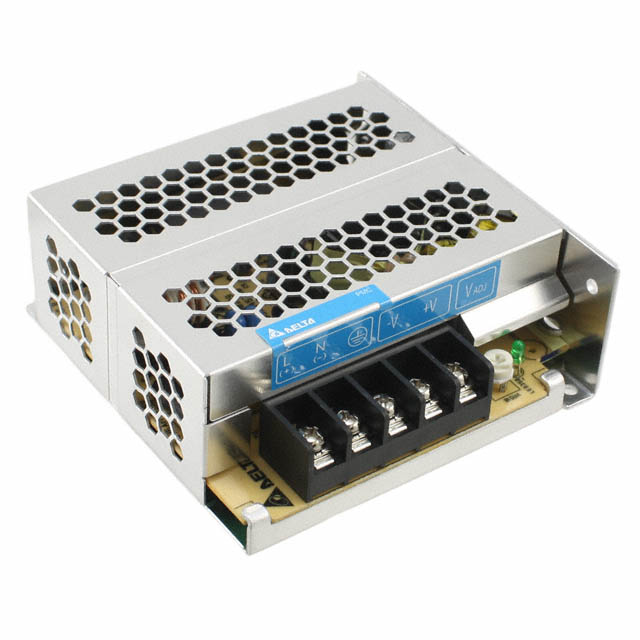PMC-1980495: ApplicationThe numerous combinations of clock rates and bus widths allow the Packet over SONET Interface for PHY layer devices (POS-PHY) to support a wide range of line rates. Table 4.1 gives exampl...
floor Price/Ceiling Price
- Part Number:
- PMC-1980495
- Supply Ability:
- 5000
Price Break
- Qty
- 1~5000
- Unit Price
- Negotiable
- Processing time
- 15 Days
SeekIC Buyer Protection PLUS - newly updated for 2013!
- Escrow Protection.
- Guaranteed refunds.
- Secure payments.
- Learn more >>
Month Sales
268 Transactions
Payment Methods
All payment methods are secure and covered by SeekIC Buyer Protection PLUS.

 PMC-1980495 Data Sheet
PMC-1980495 Data Sheet







